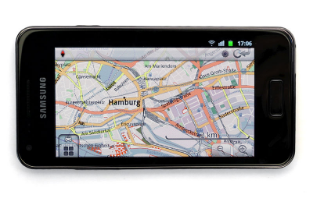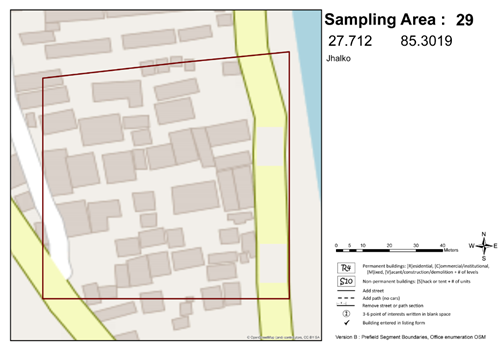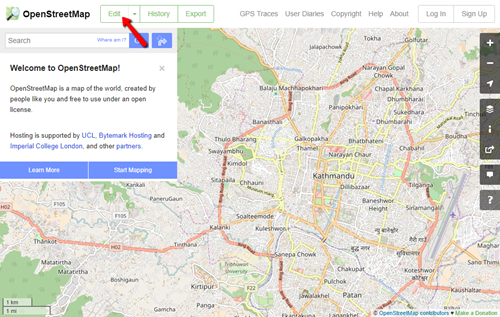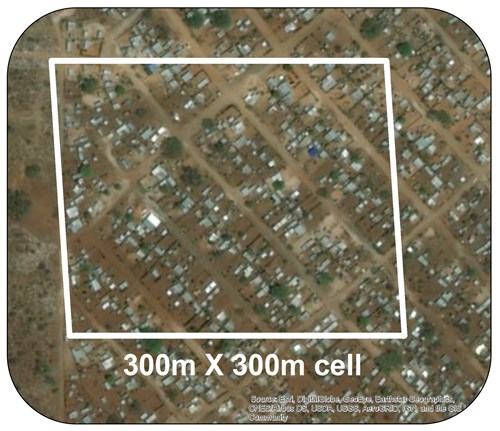Navigation
In urban areas where most roads are mapped in OpenStreetMap, MAPS.ME allows for offline navigation over very long distances. In areas where OpenStreetMap data are sparse, navigation based on GPS coordinates and place names may be necessary.
Within clusters, an app such as OSMAnd can be used for offline navigation based on preloaded MBTiles, displaying a blue dot at the device location.

Mapping
Applications such as Vespucci allow for tablet-based updates to OpenStreetMap in the field. While this is a seemingly efficient way to reduce steps during fieldwork, we have found that field-based tablet editing of OpenStreetMap is time-intensive and frustrating for staff working on small screens often in adverse weather conditions.
In our experience, survey teams almost unanimously prefer printed geographic maps in the field with OpenStreetMap or satellite imagery as a base layer. This is because paper maps can be marked up quickly in the field with a pencil, and edits to OpenStreetMap can be made quickly after fieldwork in the comfort of an office. Furthermore, field teams that have compared paper and tablet mapping say that paper maps produced in ArcGIS or QGIS helped to facilitate positive conversations with residents about the survey while editing maps on tablets in the field fueled suspicion.
Whichever mapping approach you choose, it is wise to update roads and building footprints in OpenStreetMap using iDeditor or similar tool before visiting the field. GridSample cluster boundaries can be visualized on top of OpenStreetMap as a GPX trace file, keeping the dataset private. QGIS and a number of free apps can be used to transform the GridSample shapefile or KML file of cluster boundaries to a GPX file.


Listing
A number of apps are available to collect household listing data. Many of these apps, including OpenMapKit, GeoODK, and KoBoToolbox, also allow for collection of spatial data. Other tablet-based apps include the World Bank’s Survey Solutions tool which enables monitoring of fieldworkers.
Questionnaire
The same apps used for listing - OpenMapKit, GeoODK, Kobo Collect, Survey Solutions - can be used to administer questionnaires.
Tablet-based data collection requires a server, someone to design and configure the data collection form, and someone to set up, secure, and maintain all the devices. All the linked apps and programmes are free, and most are open source.
The Surveys for Urban Equity guides for survey planners and field teams provide guidance to implement higher-tech field tools and methods for a gridded population survey.












